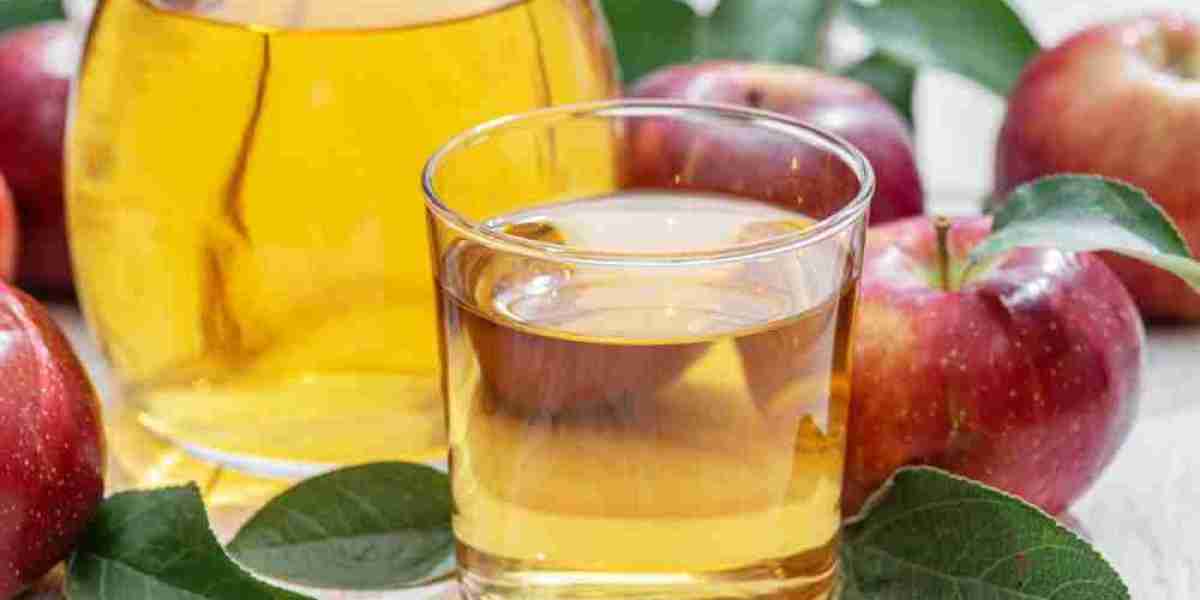The sourdough bread market has undergone a significant transformation over the past decade, shifting from a niche artisanal product to a globally popular staple. Known for its distinct tangy flavor, chewy texture, and natural fermentation process, sourdough bread has earned a place in the hearts—and kitchens—of health-conscious consumers, foodies, and artisan bakers alike. As demand continues to rise, so too does innovation within the market. From new fermentation techniques to plant-based formulations and smart packaging, the sourdough segment is experiencing an era of dynamic evolution.
Rise of Health-Driven Formulations
One of the most influential drivers of innovation in the sourdough market is the growing consumer focus on health and wellness. Traditional sourdough already boasts numerous health benefits due to its natural fermentation process, which helps break down gluten and increase the bioavailability of nutrients. However, manufacturers are now pushing the boundaries with enhanced nutritional formulations.
Innovations include the use of ancient grains like spelt, kamut, and einkorn, which not only add flavor depth but also improve the nutritional profile. Some bakers are integrating functional ingredients such as chia seeds, flaxseed, turmeric, activated charcoal, and even probiotics to appeal to consumers seeking gut-friendly or immune-boosting options.
Additionally, there's a growing interest in gluten-free sourdough. Leveraging flours such as rice, buckwheat, sorghum, and millet, bakers are refining techniques to develop gluten-free sourdough that retains the traditional texture and flavor without compromising on health.
Technological Integration in Production
Traditionally, sourdough bread required a labor-intensive and time-consuming process. However, modern technology is now helping scale production without sacrificing quality. Precision fermentation technology allows bakers to closely monitor the microbiological balance of the sourdough starter, optimizing fermentation times and improving consistency.
Automated mixing and proofing systems are also being introduced in commercial bakeries to streamline the production cycle. These innovations ensure that each loaf of sourdough has the same texture, crust, and flavor profile—something that was once considered impossible in mass production.
Artificial intelligence and data analytics are being leveraged to refine recipe development and improve product quality. Sensors and software track fermentation variables such as temperature, humidity, and pH in real time, allowing bakers to adjust parameters and produce more consistent and higher-quality bread.
Innovation in Packaging and Sustainability
Sustainability has become a core consideration for both producers and consumers. Packaging innovations in the sourdough market are aiming to reduce environmental impact while preserving freshness. Biodegradable and compostable packaging materials are gaining traction, particularly among artisan bakeries and eco-conscious brands.
Moreover, modified atmosphere packaging (MAP) is being utilized to extend the shelf life of sourdough without the need for preservatives. This technology involves replacing the air inside the packaging with a protective gas mixture that slows down the bread’s natural staling process, helping maintain quality during transportation and on store shelves.
E-Commerce and Direct-to-Consumer Models
The COVID-19 pandemic played a major role in accelerating digital transformation in the food sector, including sourdough. Bakeries and brands began leveraging e-commerce platforms to reach customers directly, delivering fresh loaves to doorsteps. Subscription models, offering curated boxes of artisan sourdough or sourdough baking kits, became increasingly popular.
Innovative startups also emerged, offering dehydrated sourdough starters and bake-at-home kits for consumers wanting the experience of home baking without the hassle of starting from scratch. These DTC (direct-to-consumer) models have expanded the market’s reach beyond local bakeries to a global audience.
Cultural Fusion and Global Flavors
As sourdough gains popularity around the world, cultural fusion has become a compelling area of innovation. Bakers are experimenting with regional flavors and traditional ingredients, merging local food heritage with sourdough techniques.
Examples include miso-infused sourdough in Japan, sourdough naan hybrids in India, and Mediterranean-style sourdough with olives, sundried tomatoes, and herbs. These fusions not only offer novel taste experiences but also allow brands to cater to local palates while staying within the health-conscious and artisanal narrative of sourdough.
Fermentation Science and Starter Culture Innovation
Scientific exploration into wild yeast and bacteria strains is opening up new frontiers in flavor and functionality. Researchers are isolating and cultivating unique microbial cultures to create starter blends that offer different flavor profiles, textures, and health benefits.
Customizable starter cultures are being developed for professional bakers, allowing them to control fermentation speed, acidity, and aroma more precisely. Some advanced labs are even producing freeze-dried or encapsulated sourdough cultures that maintain their viability over long periods, making global distribution more feasible.
Conclusion
Innovation in the sourdough bread market is not just about better bread—it’s about combining tradition with modern science, sustainability, and convenience. From functional health trends and fermentation breakthroughs to smart packaging and cultural creativity, the sourdough sector is rising to meet contemporary demands without losing its age-old charm. As consumer interest in natural, wholesome, and artisanal foods grows, the innovations shaping sourdough bread today will define the future of baking.




